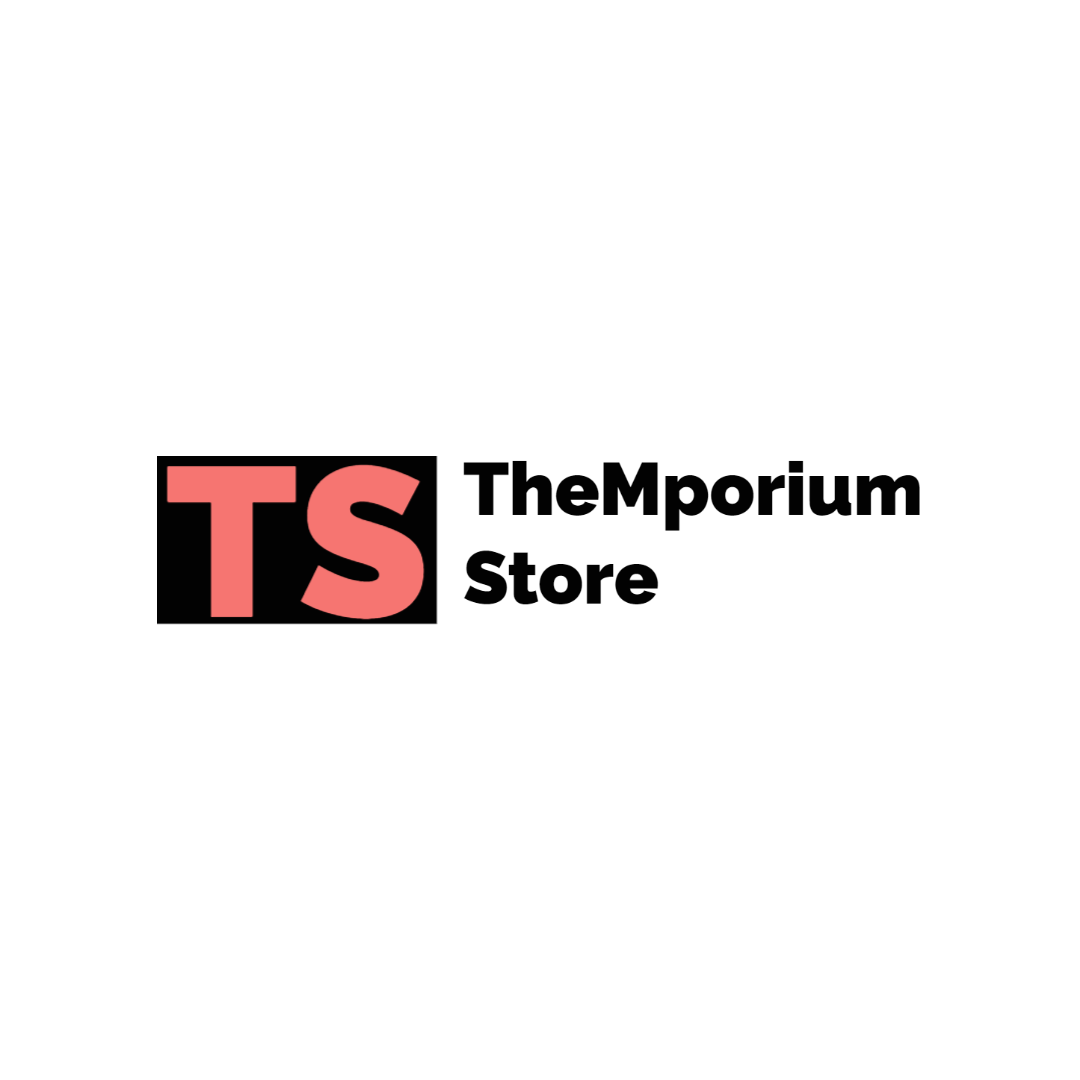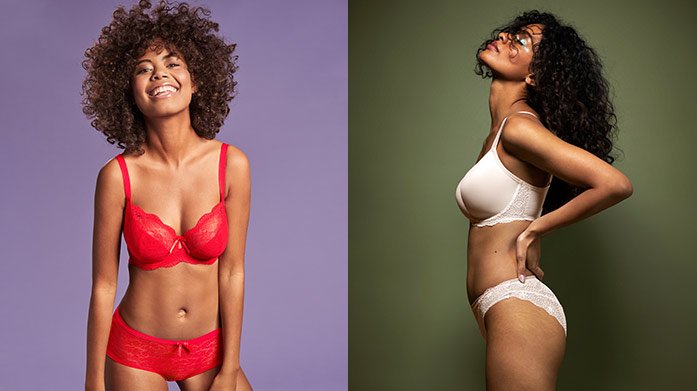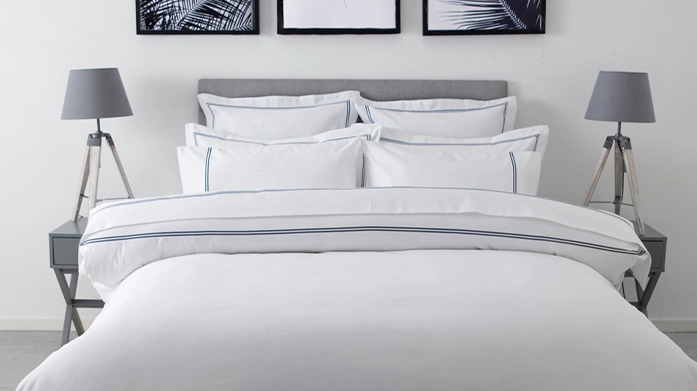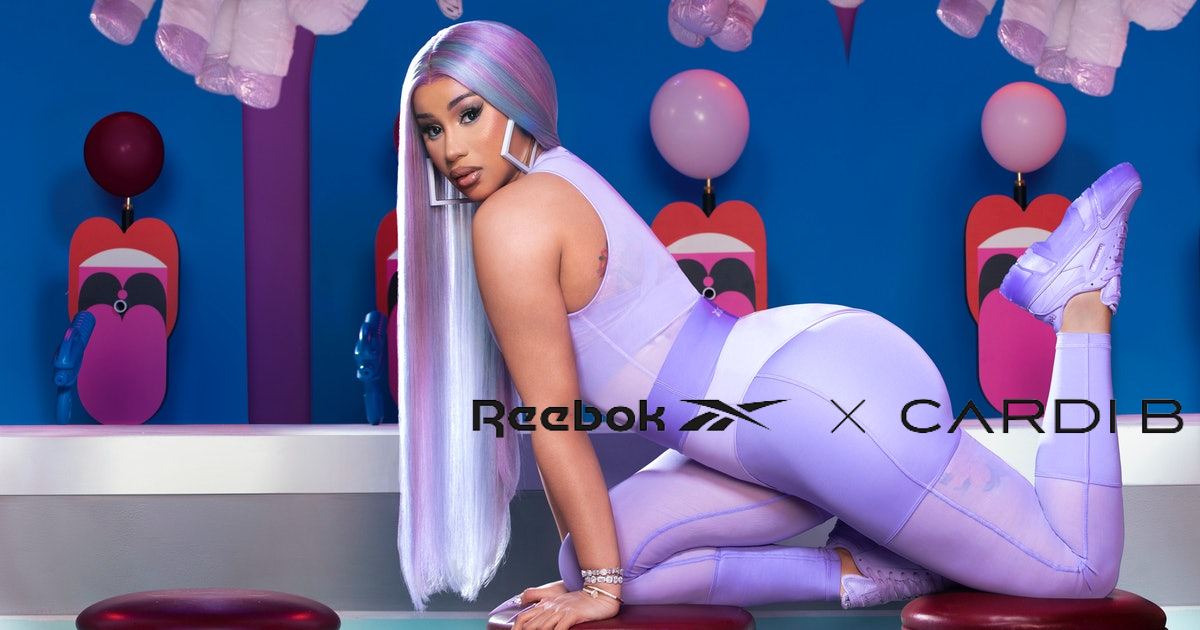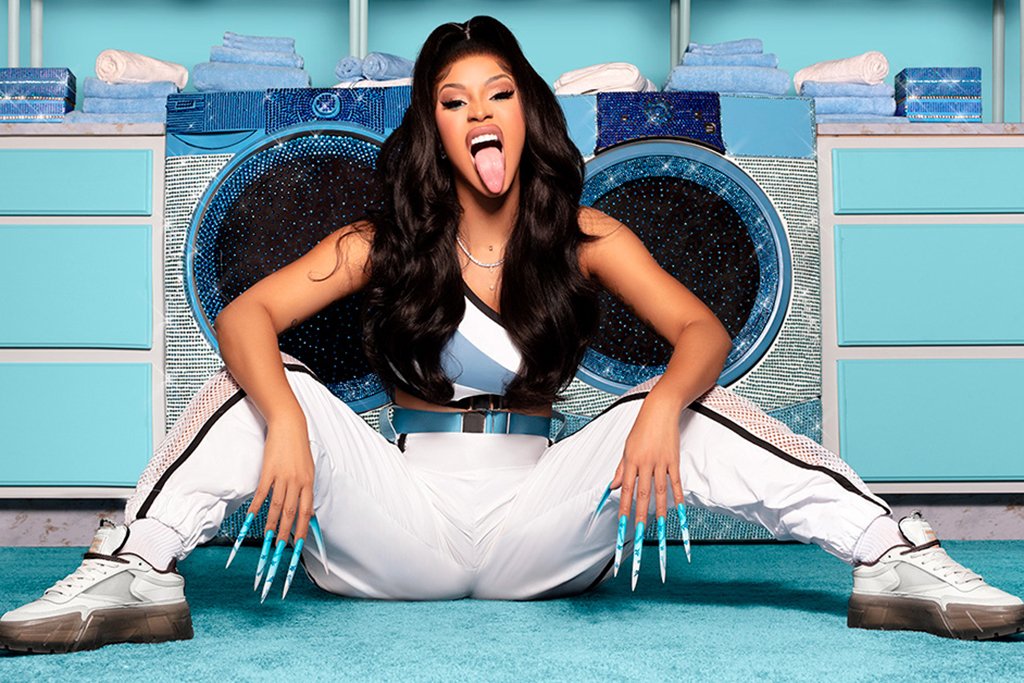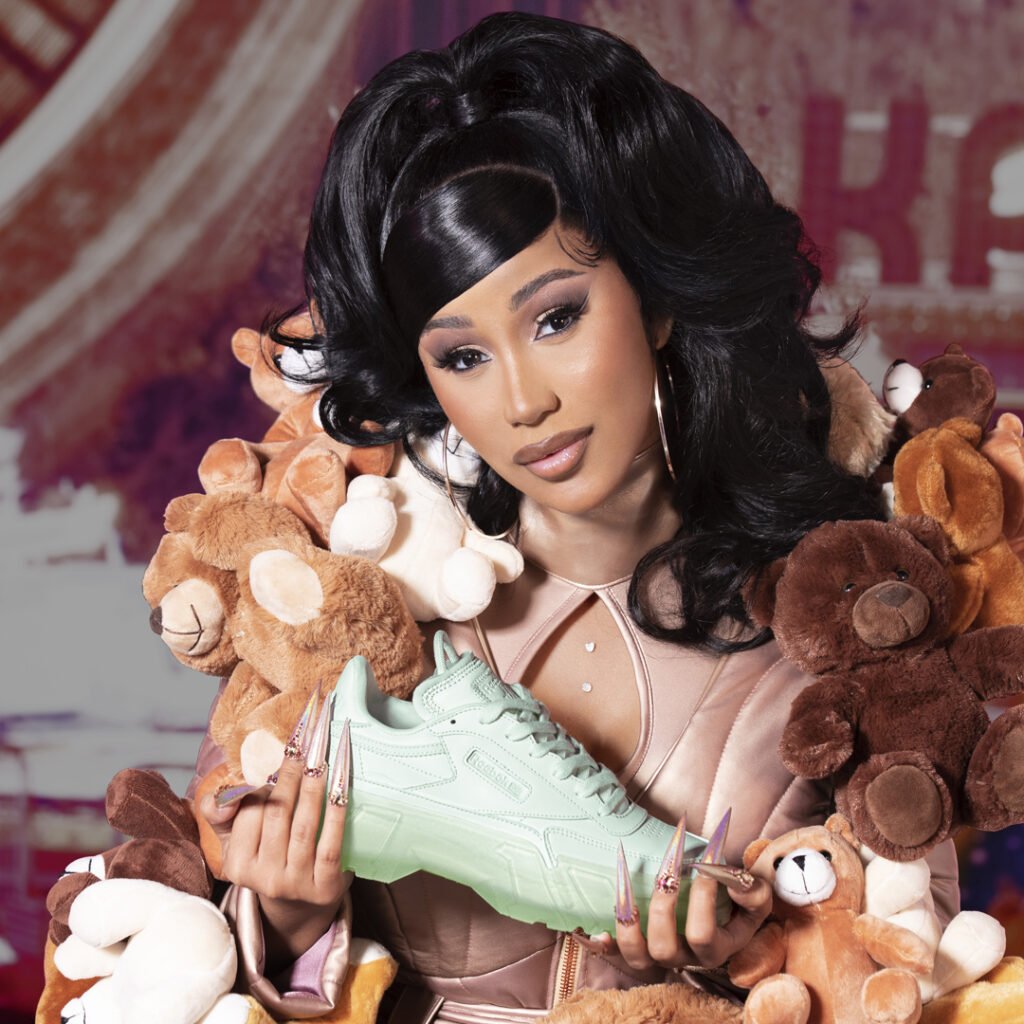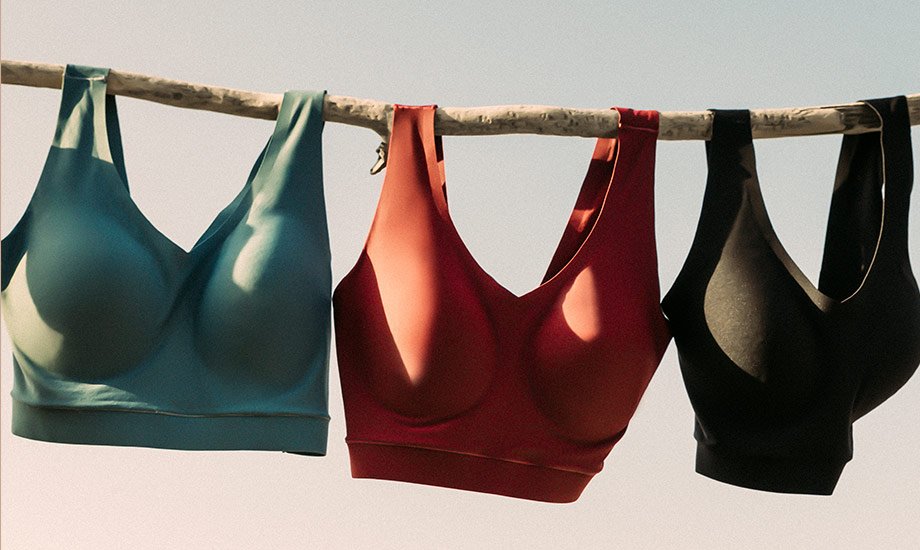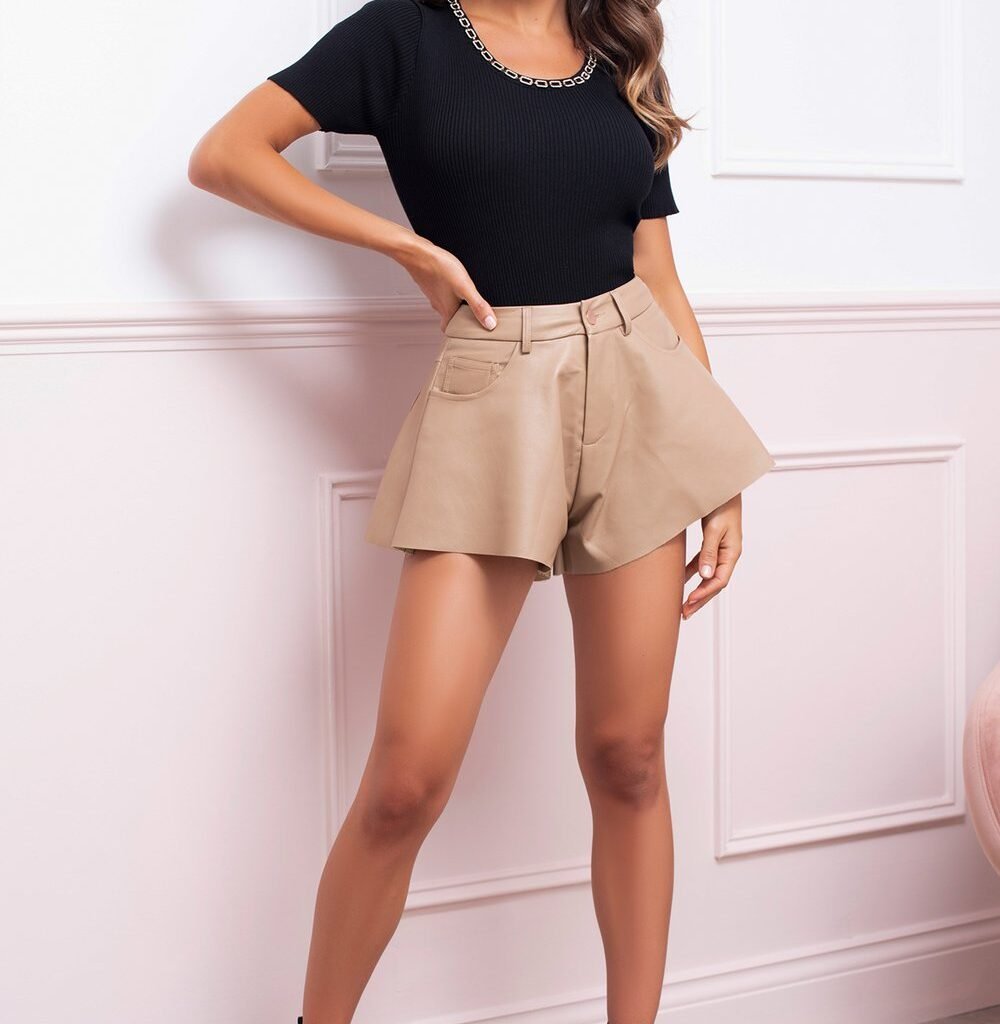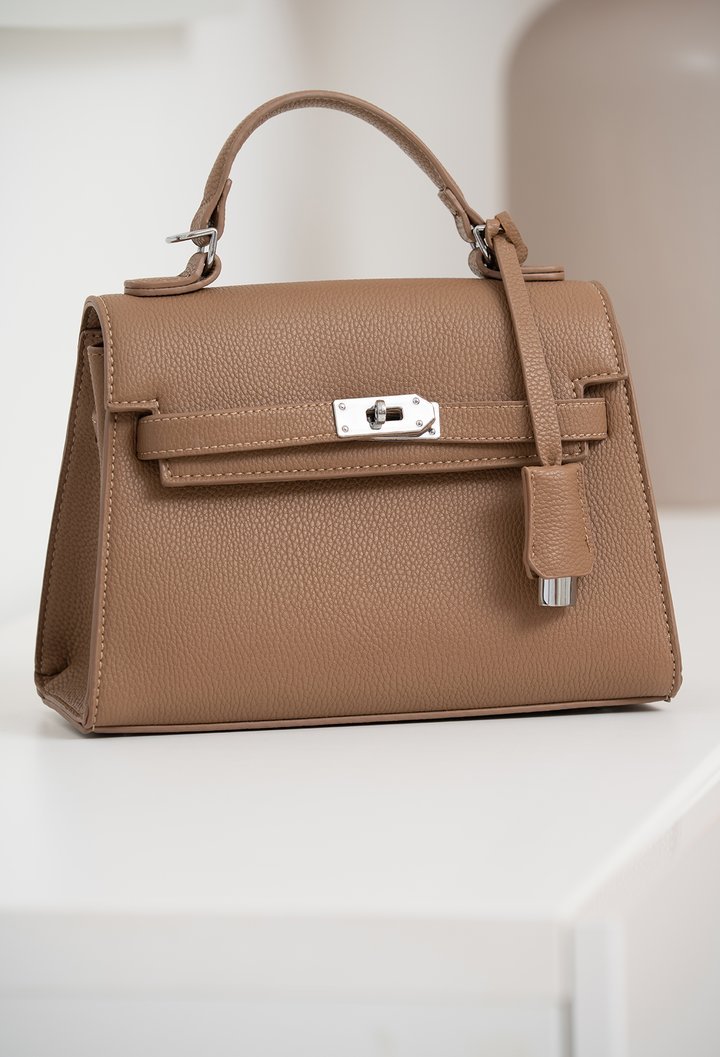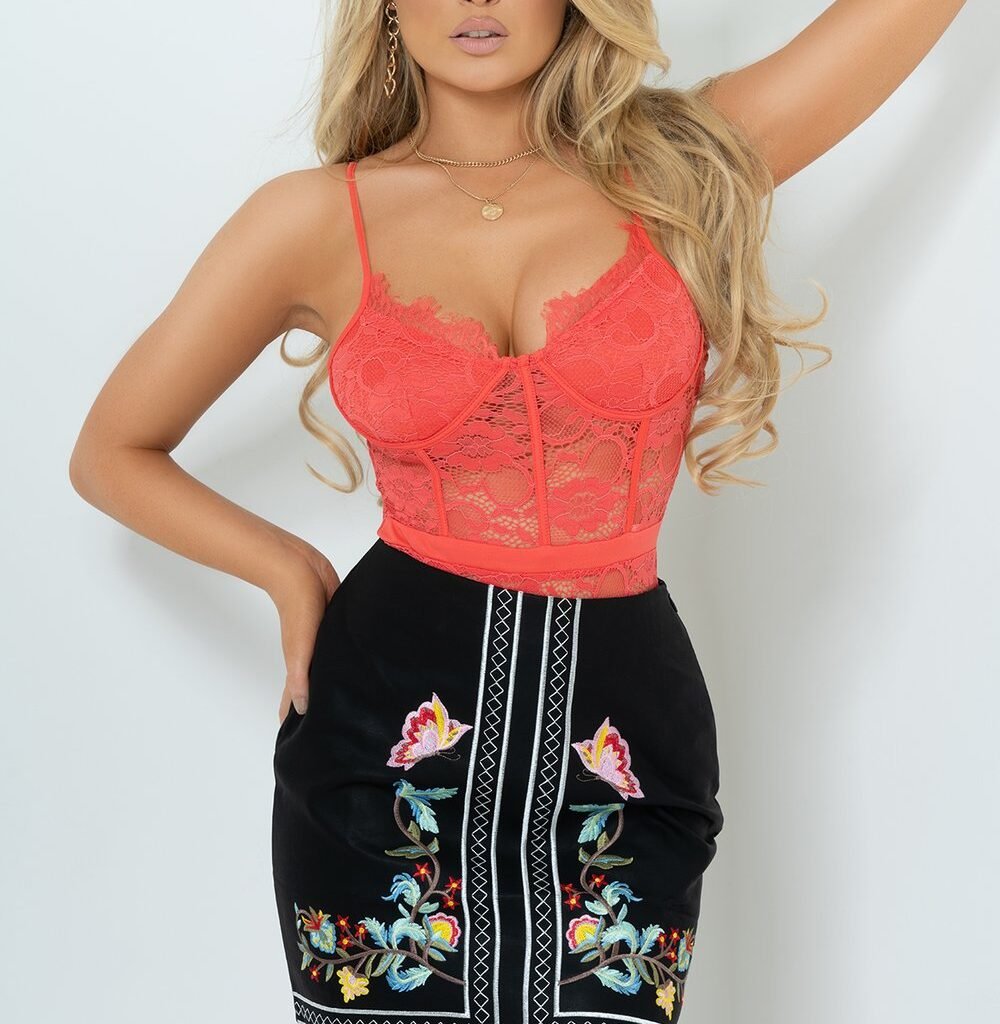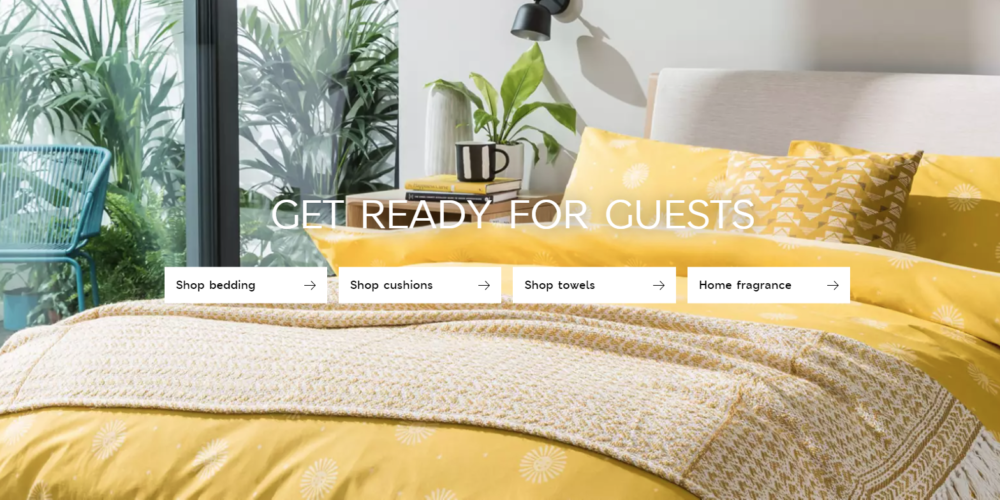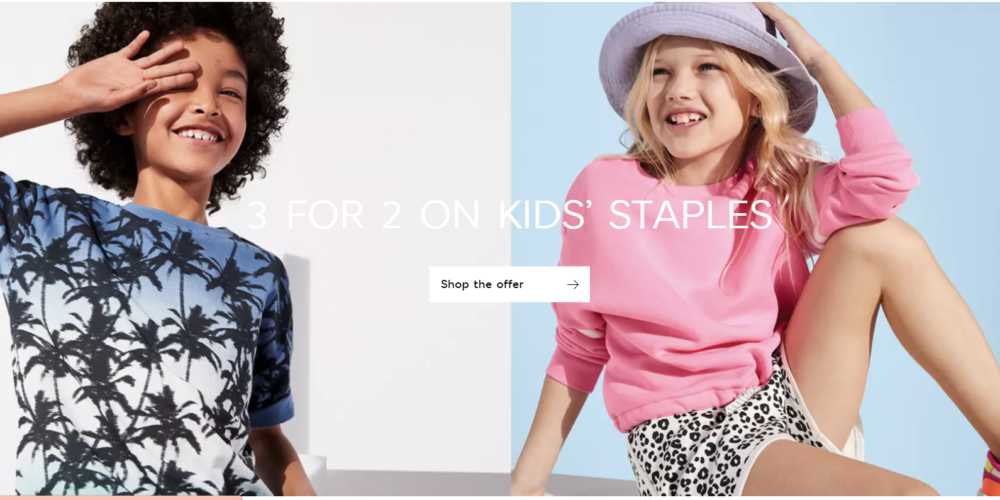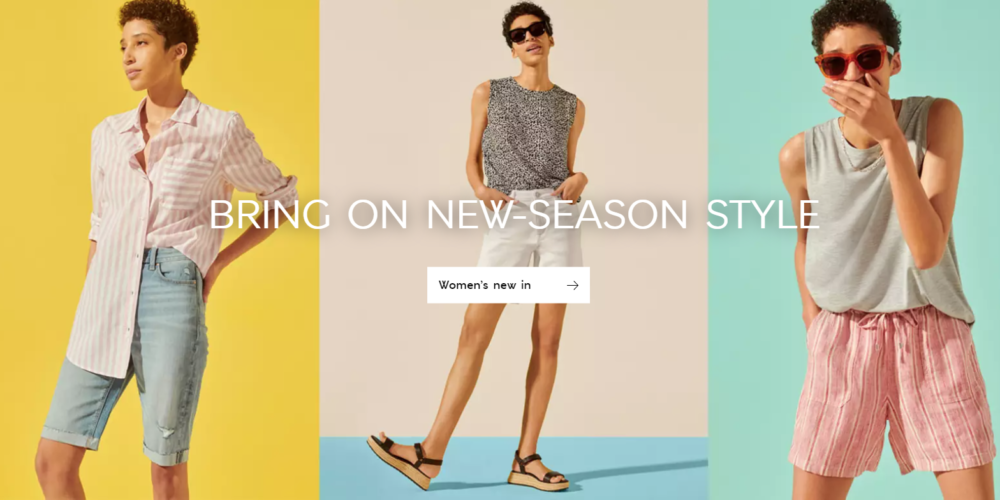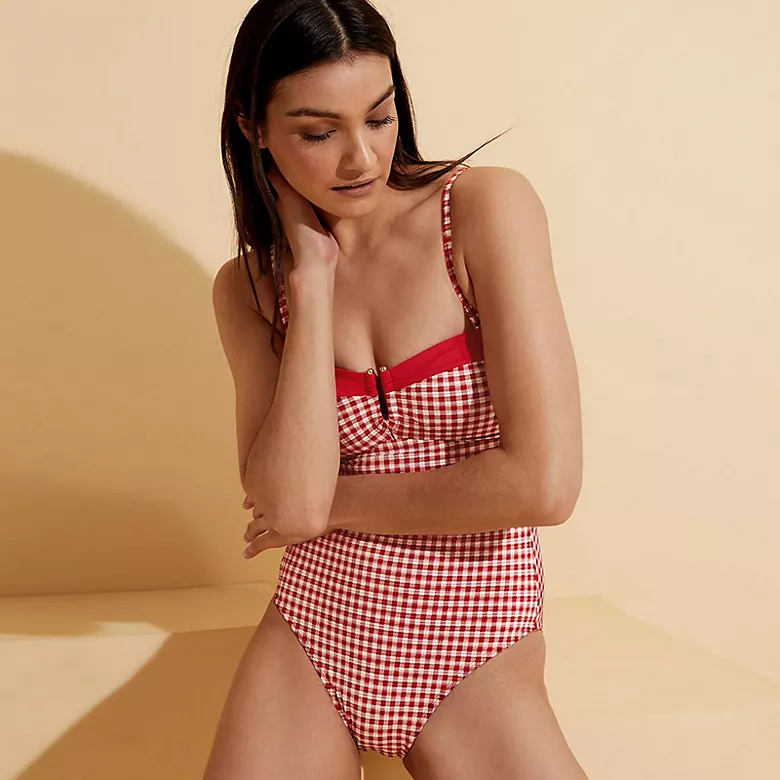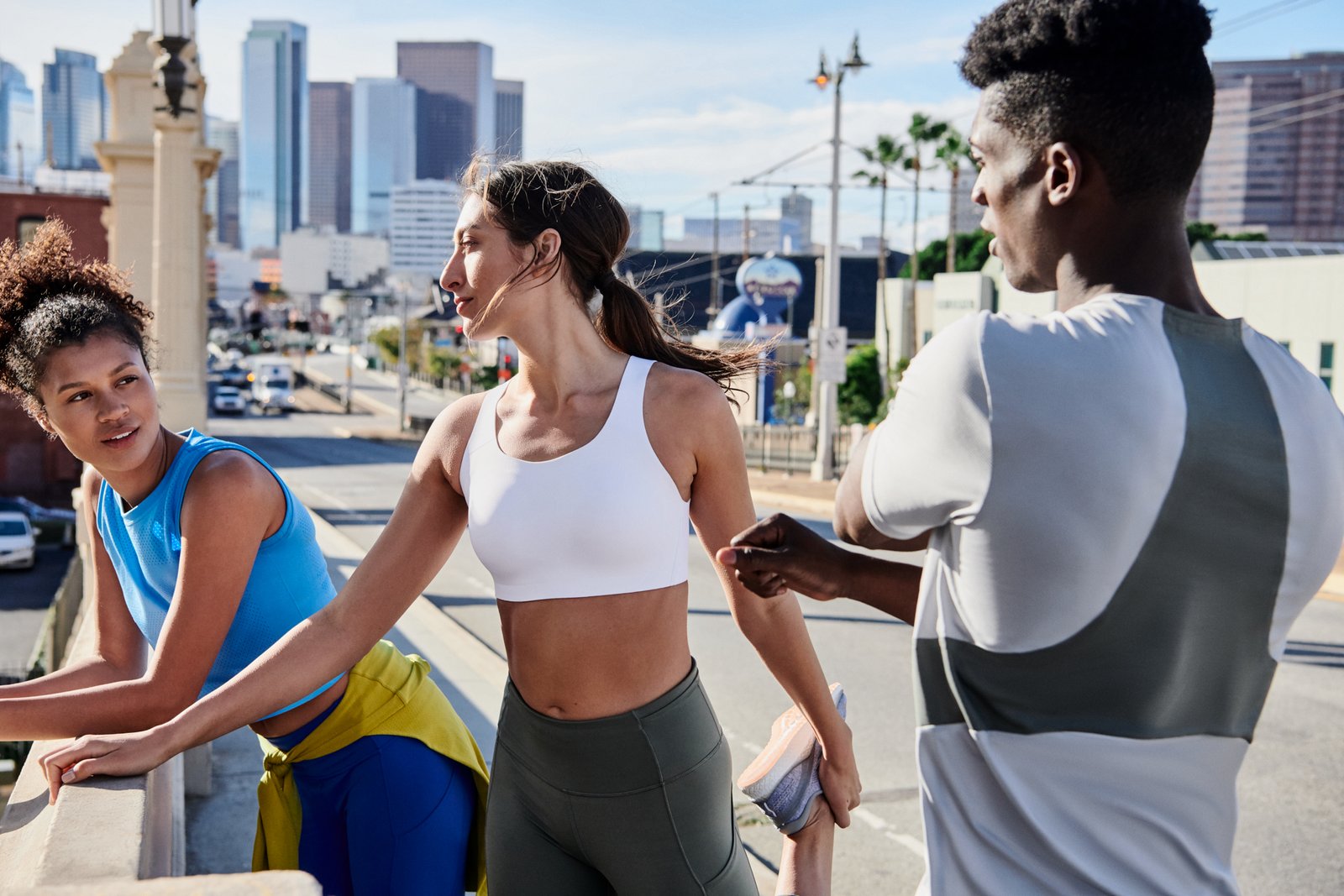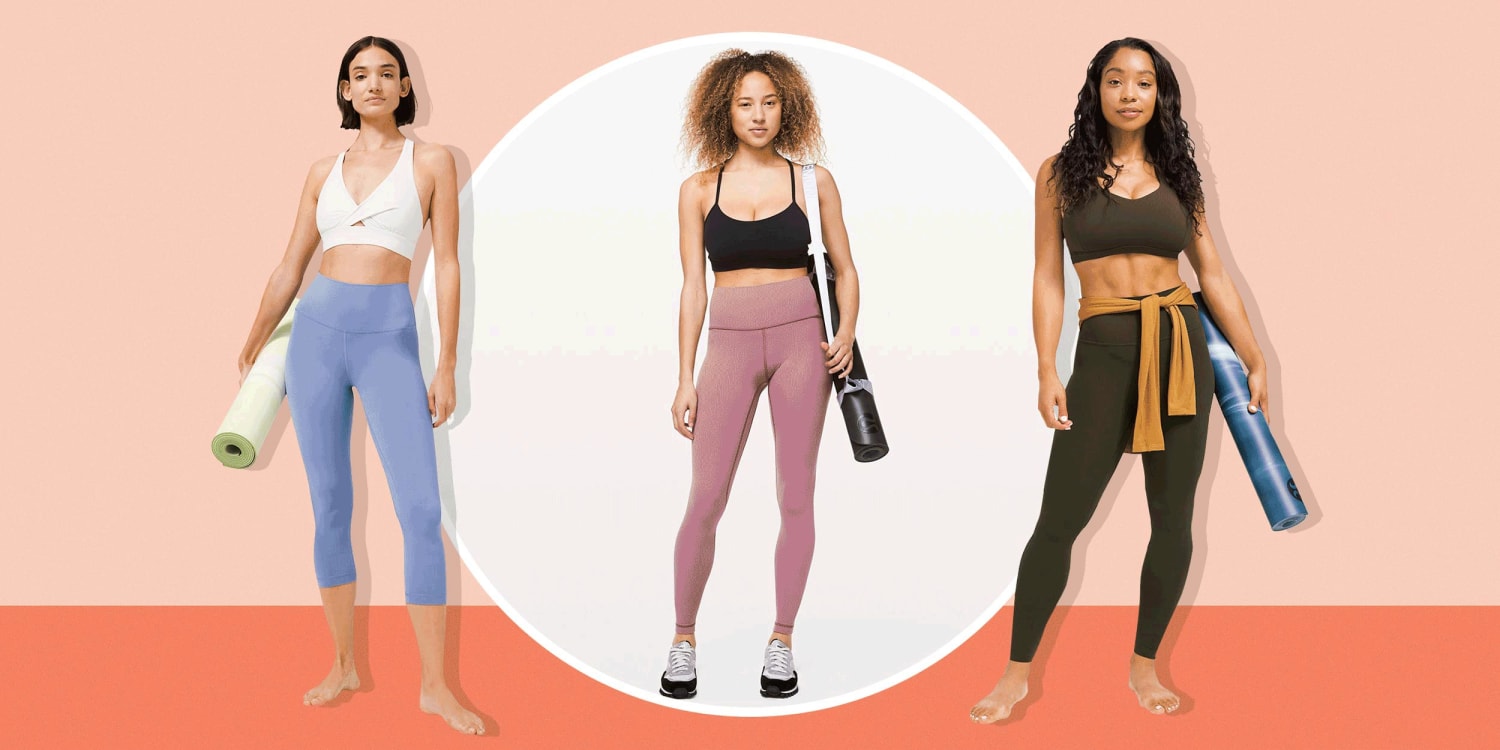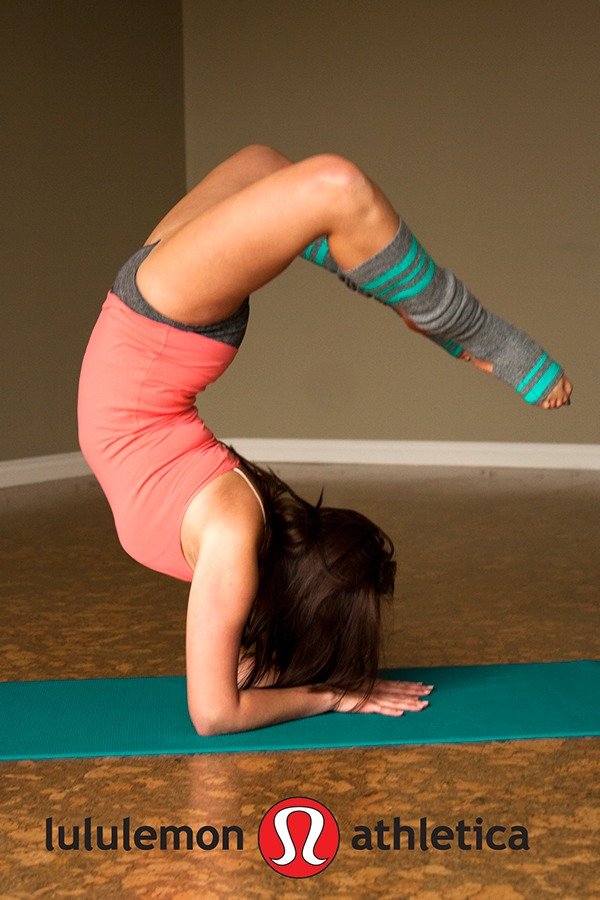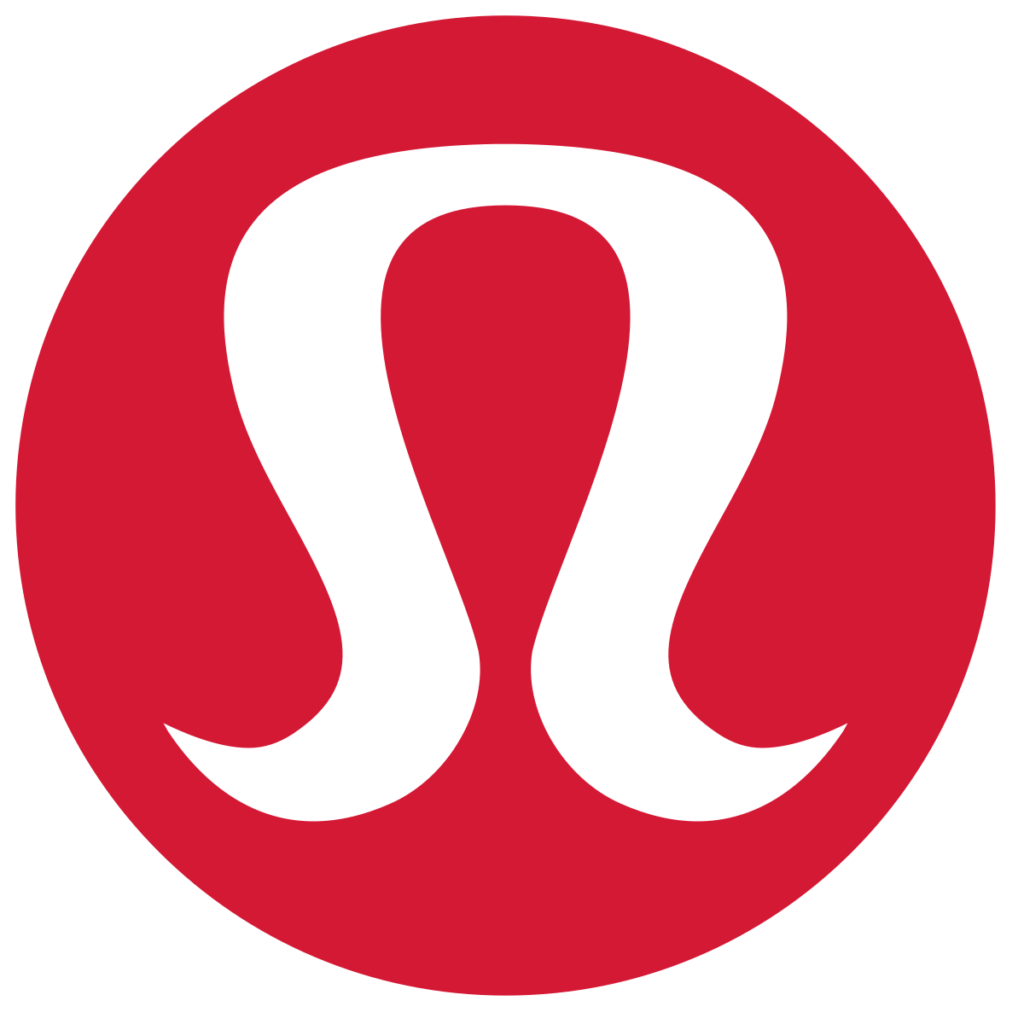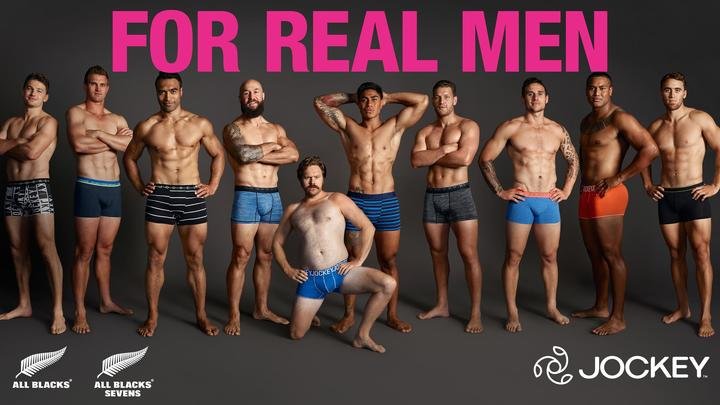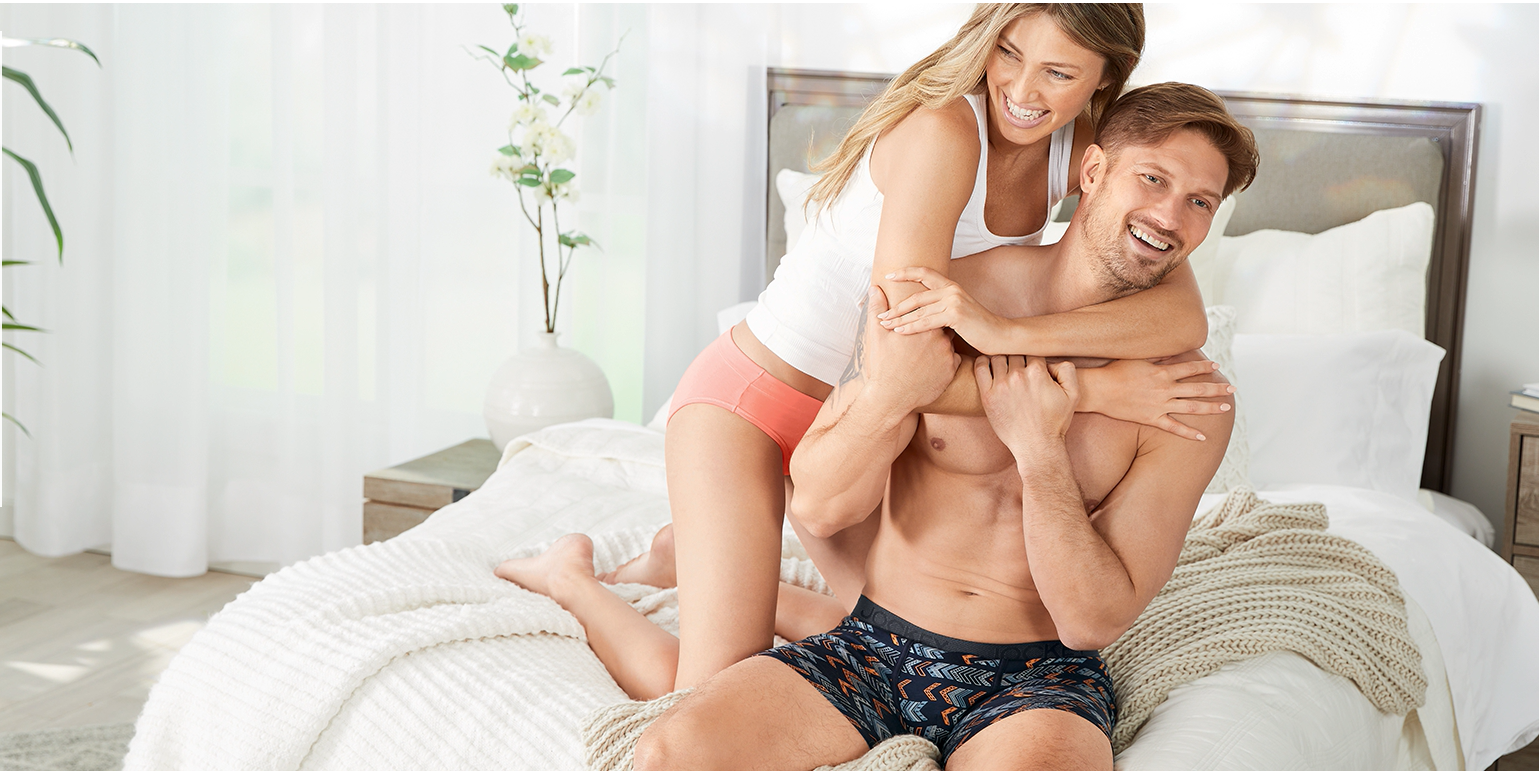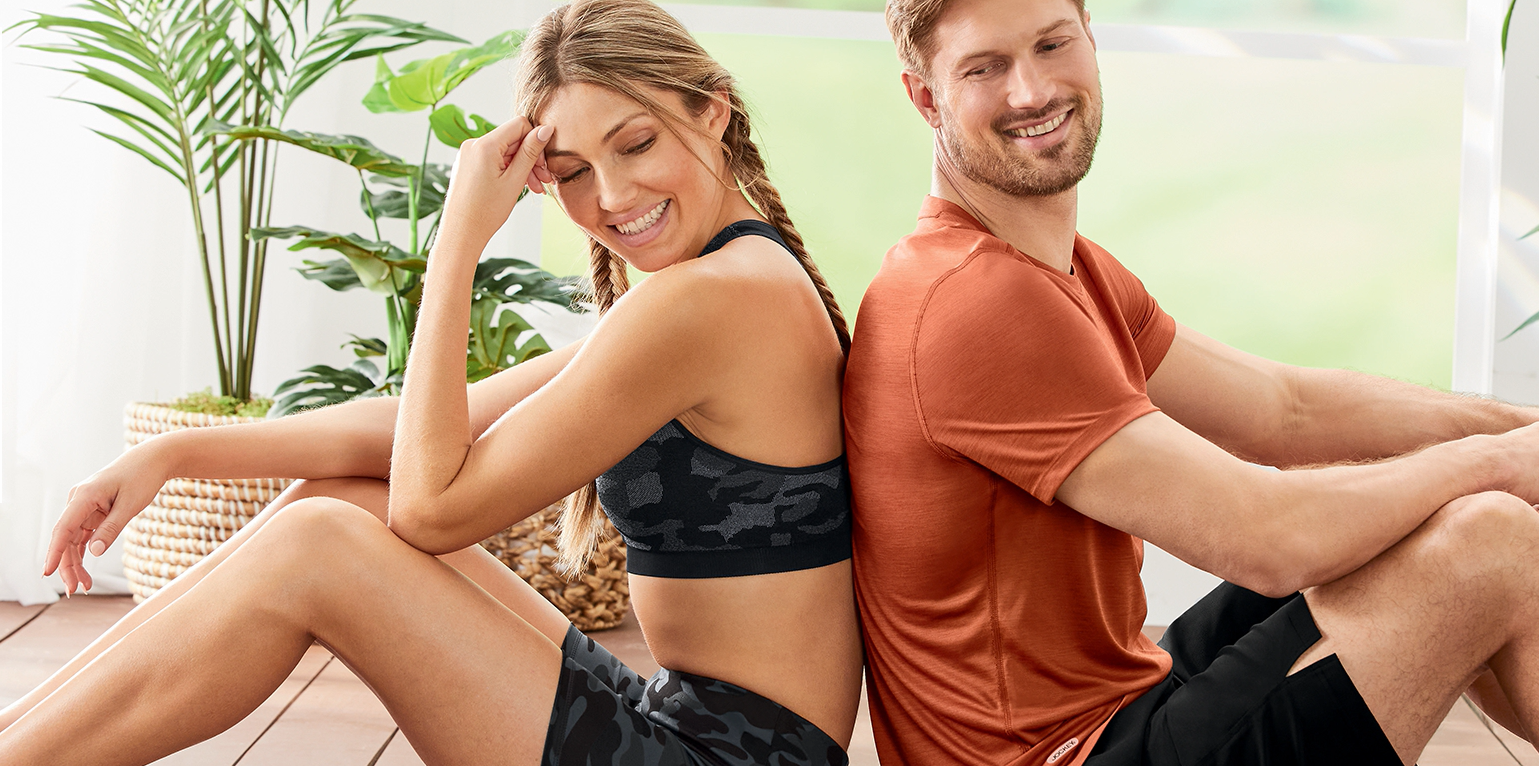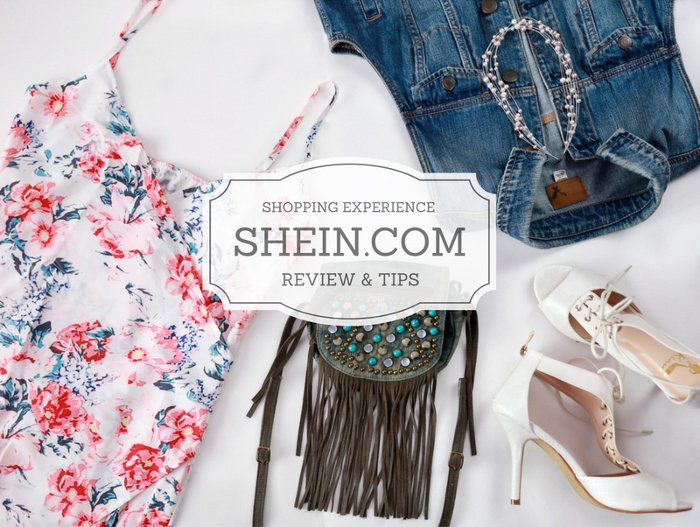Lululemon debuted just two decades ago with a single pair of yoga pants. Now the athleisure behemoth is a bona fide lifestyle brand with an envy-provoking retail strategy, opening stores and launching new product lines at a frenzied clip.
The Vancouver, Canada-based global activewear empire, which first attracted a cult following for its $100 yoga leggings, said sales rose 20% for the first quarter of the year and that it expects to double its revenue over the next five years. Under its new chief executive, Calvin McDonald, Lululemon is growing its global footprint, planning nearly 30 new locations this year in Asia, the Middle East and elsewhere.
Meanwhile, the multibillion-dollar luxury apparel company is expanding its product offerings far beyond its core yoga clothes and into categories such as travel, work and self-care.
The efforts are helping Lululemon buck the global trend that sees brick-and-mortar retail losing share to online sales. At the end of 2018, the apparel giant’s stores accounted for nearly two-thirds of its sales, proving that Lululemon is more than a status symbol: It’s a retail strategy for the modern age.
Obsession with Product Innovation
From anti-odor technology to fabric from food byproducts, innovative products fuel Lululemon’s growth. At the company’s Whitespace lab inside its Vancouver headquarters, scientists test how people experience their environment—including temperature, humidity and sound—and how their bodies interact with fabrics when performing different activities. The company also developed its odor-wicking Silverescent fabric technology at Whitespace and is exploring incorporating byproducts from pea processing into its fabrics.
Customers may try the lab’s “Signature Movement Experience” treadmill, which maps their unique movement patterns as they run. The data collected is fed through an algorithm that determines the best products for customers based on how their bodies move. The brand hopes to put more of these treadmills in its stores to help sales associates customize product recommendations.
Price Point Perseverance
Even as competitors engage in markdowns and discounts, Lululemon’s success shows that luxury customers are happy to pay full price for $100 yoga pants or a $78 sports bra.
Executives say the high price points keep the brand aspirational while generating profits to innovate and grow. “You have to make the choice as a brand to fund discounting, or you can make the choice as a brand to invest in innovation and invest in experiences,” McDonald said earlier this year.
Category Expansion
After attracting a widespread following among women, Lululemon is turning its attention to a new market: men turning to yoga and mindfulness. The company is expanding its menswear line, using the same “anti-ball crushing” technology from its top-selling ABC jogger pants to make lightweight, anti-odor tanks and T-shirts in its stretchy, sweat-wicking proprietary fabric. This spring, it debuted its first men’s fashion label with designer Robert Geller.
In June, Lululemon found a way to solve post-workout hygiene issues and tap the skyrocketing beauty market: The retailer rolled out a line of gender-neutral self-care products to address exercise-related skin and hair problems. The Lululemon “Selfcare” line, which comprises a facial moisturizer, a dry shampoo, a lip balm, and two spray-on deodorants, is sold online and in about 50 stores. More products will follow later this year.
New Store Strategy
While Nike, Adidas, and other competitors seek to bring their business online, Lululemon continues to open brick-and-mortar stores. Its retail strategy calls for 25 to 30 new locations this year in fast-growing markets such as China and the Middle East.
In addition to its web sales, the company distributes its clothing and products across its 455 stores. Bucking the trend that sees retailers shuttering shops and migrating to the web, Lululemon plans to grow its square footage annually by a low double-digit percentage rate through 2023.
The Sweat Life
The athleisure giant has developed a sweeping lifestyle brand under its three-pronged philosophy, “The Sweat Life.” The three elements—sweat, grow, and connect—seek to help customers reach their fitness goals, develop themselves through mindfulness, and connect to the larger community. The Sweat Life vision provides Lululemon with a natural foundation to extend its reach beyond apparel and into other categories such as work, travel, and self-care.
By branding itself at the intersection of fitness and wellness, Lululemon can attract loyal customers and repeat foot traffic to its new experiential stores, such as the aforementioned new mega-flagship in Chicago. The site boasts space for yoga, meditation, and communal gatherings, as well as a juice bar and café. Executives expect these mega-stores to comprise nearly 10% of Lululemon’s total store mix by 2023.
The Big Picture
Even retailers without Lululemon’s cult following, in-house innovation lab, or robust real estate portfolio can learn from the global activewear giant’s triumph. Lululemon’s success in providing innovative products at luxury prices signals a bright spot amid softening sales for the apparel industry.
The company’s strong financial performance shows that a strong brick-and-mortar retail strategy can prevail even in a challenging retail landscape that has competitors focusing on markdowns and online sales. Its five-year vision calls for quadrupling its international sales in hot spots like China while doubling overall revenue from its men’s and digital businesses. With its new mega-store format, Lululemon is well-positioned to cater to a trend that sees shoppers moving away from a pure consumption to a more experiential economy.
Notice Something You Love In The Next Person You See.
Tell Them, If It Gets Weird, BLAME US
— Lululemon
